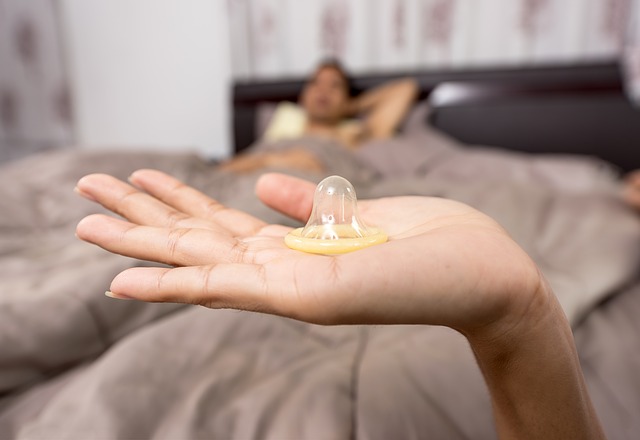Having access to a range of contraceptive options is something that many Australians today take for granted, but it has not always been that way. Despite sexual health becoming a more mainstream discussion recently, Australia has only embraced education and public funding about it recently.
In the mid-1880s, the birth rate in Australia started to fall quite dramatically, in spite of a lack of knowledge about contraception and relatively few advances in science within the sphere of birth control.
This private act of contraception, which likely resulted from widespread use of the withdrawal method (or coitus interruptus), caused quite a public furore at the time.
French letters (makeshift condoms derived from thick rubber, animal intestines and even fish bladders) were generally off-limits to all but the richest folk. Furthermore, they came to be associated with prostitution, rather than intercourse between a husband and wife.
Many women resorted to sponges, which were typically soaked in an astringent liquid, such as quinine or lemon juice, which would kill off sperm. Other, more toxic substances were used in post-coital douching, which some women relied on as a contraceptive method.
There were even highly dubious practices at the time, which advocated actions such as sitting up or coughing following intercourse, to reduce the possibility of conception!
These days, even though there are many contraceptive options out there, many couples are still reverting to the withdrawal method of contraception despite the risks it brings.
One potential explanation of the increase in people choosing to use this method could be access to contraception, but as a recent study into the availability of contraception around the world has found, Australia is actually one of the world’s best performers.
Access to contraceptives in Australia
According to the new study by Zava Med, Australia ranks fourth out of eleven countries for the availability of contraceptive options. The research found that Australians benefit from excellent access to contraception, with a number of different birth control methods available.
However, what it did find was that the price of contraception was more expensive than some of the other countries studied.For example, while residents of the UK receive the contraceptive pill for free on the NHS, those in Australia have to pay between $35 and $290 for a year’s supply – and we are all still waiting for the male version!

The copper IUD, commonly known as the copper coil, is another common contraceptive type but it can cost up to $150, which is perhaps one of the reasons why it is relatively unpopular among Australian women – only 1% of the population opt for this method of contraception, compared to 9% in other developed countries.
The elevated cost is primarily due to its classification as a device and not a drug, which means that it’s not subsidised by the Government through the Pharmaceutical Benefits Scheme.
However, it’s not all bad news for Australian citizens. Paying $150 for the copper coil may seem expensive, but when compared to the amount women living in Russia and China have to shell out, it actually represents a good deal.
That’s particularly the case when you consider it provides 5 or 10 years of protection. Australians can also pay as little as just $0.33 for a condom, although they are also available for free from family planning clinics.
The rest of the world
Top of the availability of contraception league is the UK, where residents benefit from having access to a wide range of contraceptive options for free on the National Health Service.
The US might be expected to rank highly given the country’s economic power, however it actually lies seventh behind countries like Spain, Brazil and China. That’s due to the relatively high cost of the contraceptives available, many of which are not covered by health insurance.
Bottom of the countries that have been studied is India, where although there are a number of contraceptive options available, government policy and social stigma means many women do not access them.
In fact, some women prefer not to engage with birth control publicly and will even travel away from where they live to purchase the contraception they need.


